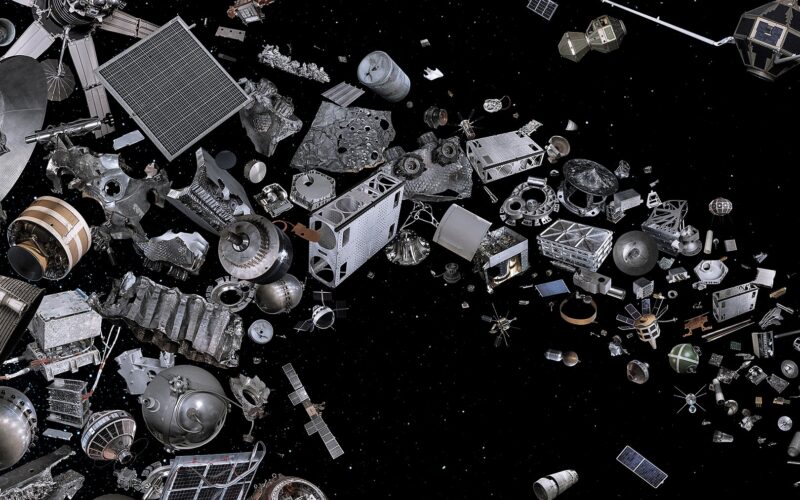It now seems likely that the payload adapter chosen for the “world-first mission to remove a debris from Earth orbit” was itself struck and damaged by a piece of space debris.
Swiss space debris cleaning startup ClearSpace launched the Vega Secondary Payload Adapter (VESPA) in 2013, while the European Space Agency (ESA) had scheduled the deployment of a ClearSpace-1 satellite in 2026 as a pilot mission.
However, on August 10, 2023, the United States 18th Space Defense Squadron informed ESA that new pieces of debris had been spotted near the VESPA adapter, implying that the object had broken up into smaller pieces as a result of a collision with space debris.
After ten years in orbit, VESPA was about to fulfill its final mission as the target of ClearSpace-1, a claw-shaped spacecraft built to forcibly remove the largest and most dangerous debris by capturing it and launching it into the atmosphere of Earth, where it would burn up.
“This fragmentation event underlines the relevance of the ClearSpace-1 mission,” ESA wrote in a statement on August 22, 2023. “The most significant threat posed by larger objects of space debris is that they fragment into clouds of smaller objects that can each cause significant damage to active satellites.”
According to the agency, the pilot mission will be proceeding as planned “while additional data on the event is collected” and the damage is evaluated.

